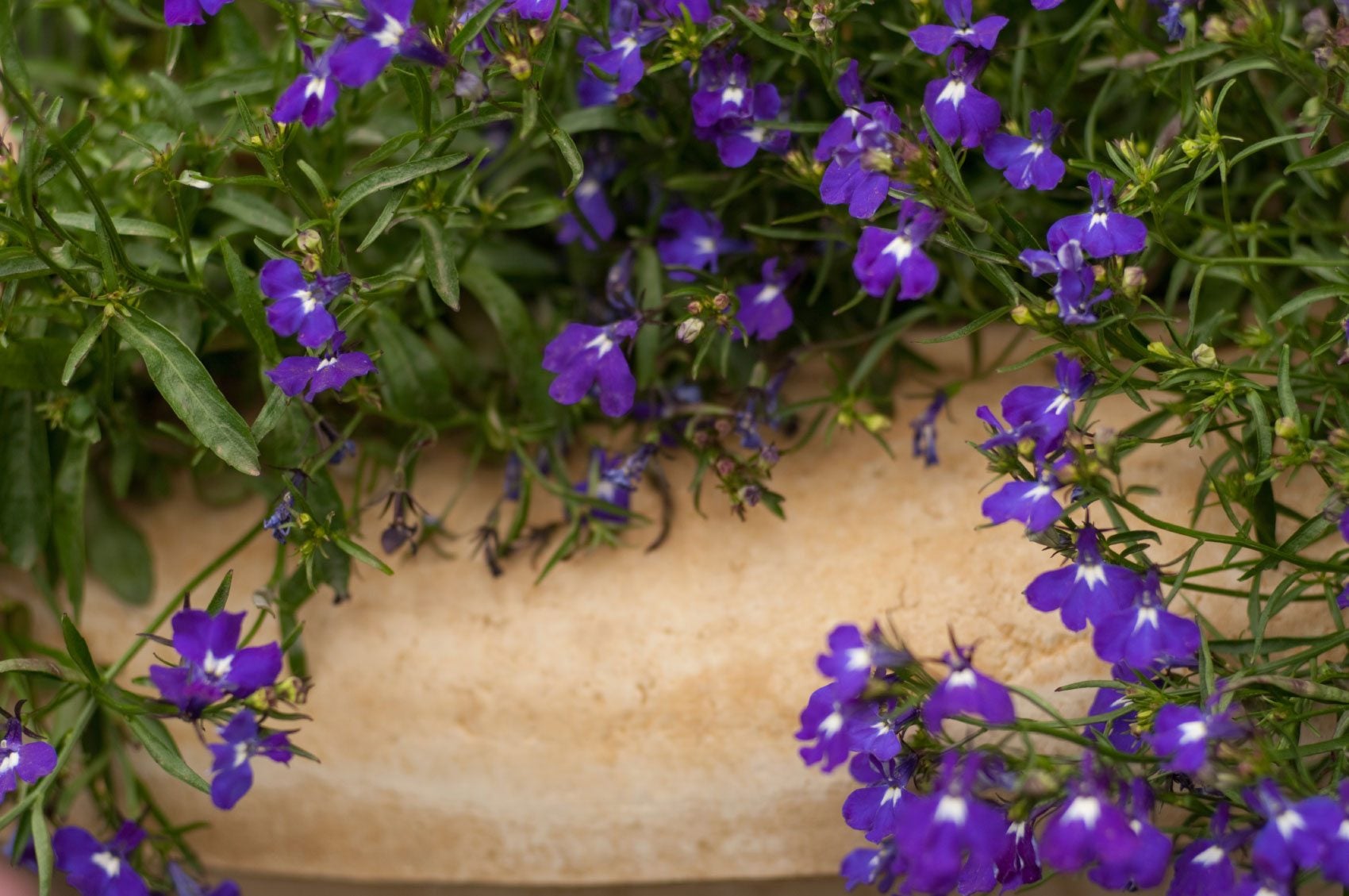Cutting Back Lobelia: When Should I Prune My Lobelia Plants

Lobelia flowers make a lovely addition to the garden but like many plants, pruning is an important part of keeping them looking their best. Keep reading to find out how and when to prune lobelia plants.
Should I Prune My Lobelia?
Yes. Cutting back lobelia plants improves their appearance and health. It also encourages the plant to produce more flowers over a longer period of time. The three types of pruning that benefit lobelia plants are removing spent flowers, pinching, and cutting back.
When to Trim Lobelia
The timing depends on the type of pruning. Pinching is an early spring task. Pinch back newly emerging stems when they are about six inches (15 cm.) long. Pinch newly planted lobelia when they recover from transplanting. Give the plant a light trim any time of year. Do the major pruning or cutting back after the plants stop blooming.
How to Prune Lobelia Flowers
Pinching plants means taking off the tips and top two leaves of tender, young growth. It encourages bushy growth and better flowering. The best tool for the job is a thumbnail. Squeeze the tip of the stem between your thumbnail and index finger to make a clean break. Give the plant a light trim with a pair of scissors when it needs a bit of tidying. This includes trimming to remove spent blossoms. For spiky types, wait until the entire spike has faded before clipping out the stems. Cut back the plant by half or more at the end of its bloom period. Trimming back lobelia plants keeps them from looking messy, and it may encourage another flush of blooms.
Pruning Edging and Trailing Lobelia
These two little plants grow only about 6 inches (15 cm.) tall. They survive winters in U.S. Department of Agriculture plant hardiness zones 10 and 11, but they are usually grown as spring annuals because they fade in the summer heat. Edging and trailing lobelia follow a schedule similar to pansies and linaria, and most growers remove them in early summer when they no longer look their best. If you decide to leave them in the garden, cut them back by one-half to two-thirds to encourage fall blooms. Edging and trailing lobelias are classified as self-cleaning, which means you don't have to deadhead them.
Sign up for the Gardening Know How newsletter today and receive a free copy of our e-book "How to Grow Delicious Tomatoes".

Jackie Carroll has written over 500 articles for Gardening Know How on a wide range of topics.